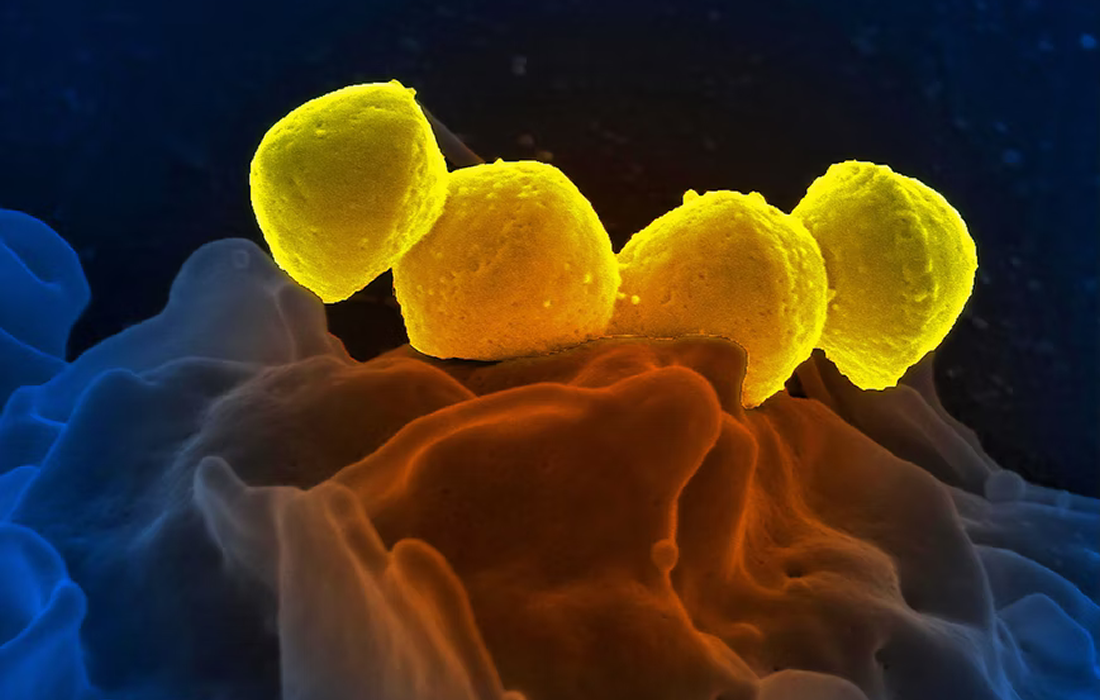Regenerative Medicine News and General Information
Antibiotic-Resistance Bacteria Use Mirror Images
Antimicrobial resistance is a major healthcare crisis. Methicillin-resistant Staphylococcus aureus (MRSA) is one of the leading causes of healthcare associated infections, pneumonia and skin and soft tissue infections.
Antifolates such as trimethoprim (TMP) exhibit potent activity as antibacterial agents against many MRSA clinical isolates, and due to structural and sequence differences between human and prokaryotic dihydrofolate reductase, antifolates can be developed as selective and safe antimicrobial agents.
In a recently published study researchers investigated the underlying cause for drug resistance in a mutated form of methicillin-resistant Staphylococcus aureus (MRSA) and found that drug-resistant mutations contained a flipped mirror image, known as flipped chirality, of the binding site for a key cofactor in MRSA replication.
Study Results
The researchers found that MRSA’s resistance stems from the F98Y mutation causing a chirality preference for the NADPH cofactor, the catalyst for mutations in dihydrofolate reductase.
Chirality refers to the handedness of a molecule, whereby it is not possible to overlay its mirror image without overlaps — for example, in the same way that a person cannot overlay their left and right hand without their thumbs sticking out on different sides.
The researchers conclude that a switched NADPH chirality may contribute to MRSA’s resistance to drugs and that scientists should take this chiral evasion into account when designing new drugs for the bacteria.
Sources:
Siyu Wang, et al. Chiral evasion and stereospecific antifolate resistance in Staphylococcus aureus. Plos Comp Bio. 2020. https://doi.org/10.1371/journal.pcbi.1009855.
Annie Lennon. (2022, Mar 7). Superbugs use “mirror images” to become antibiotic-resistant. Medical News Today. Retrieved from:
https://www.medicalnewstoday.com/articles/superbugs-use-mirror-images-to-become-antibiotic-resistant
Image from:

